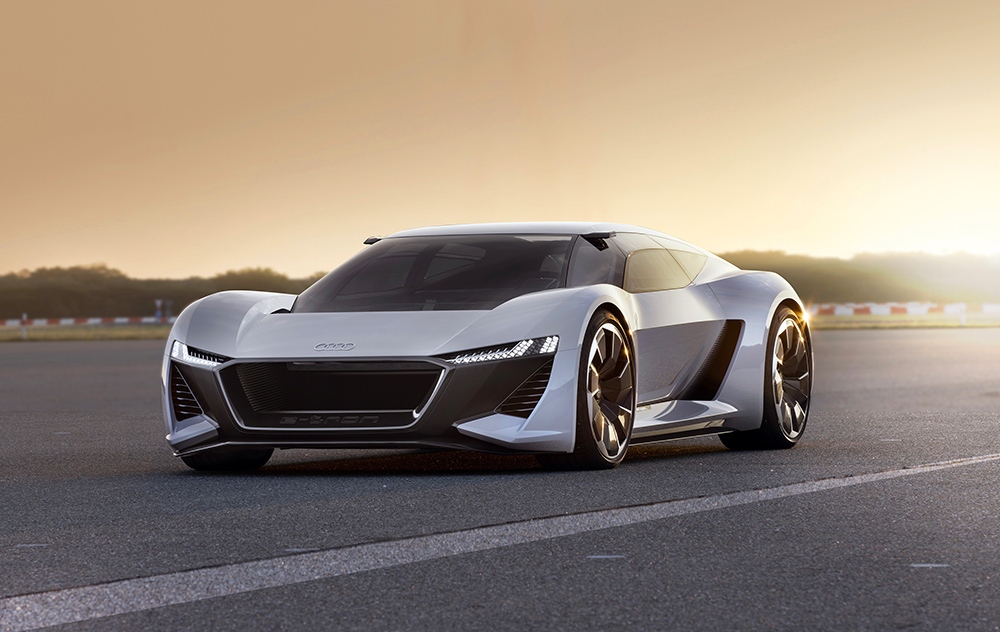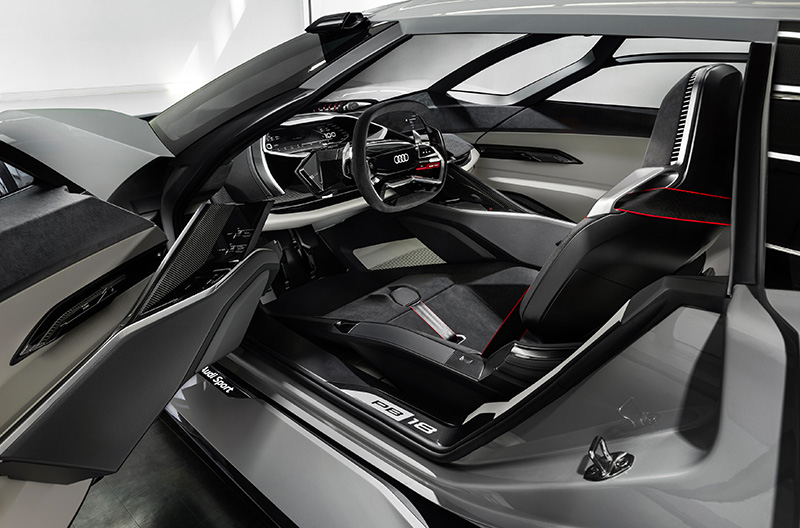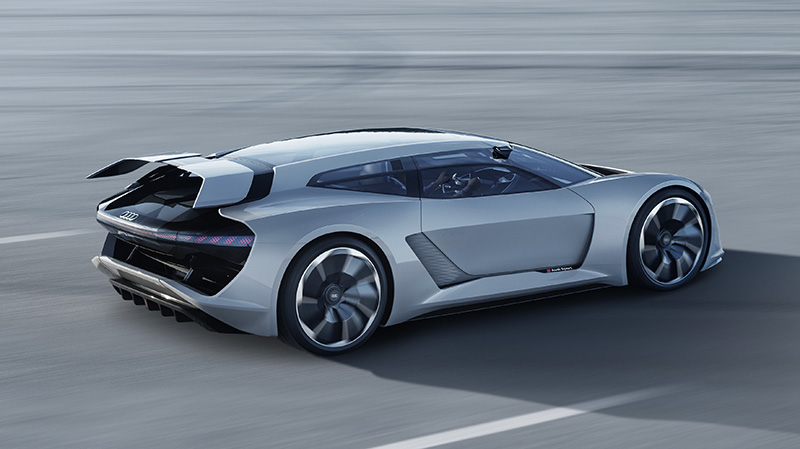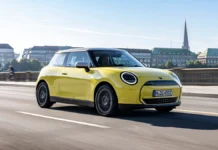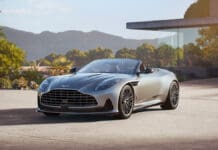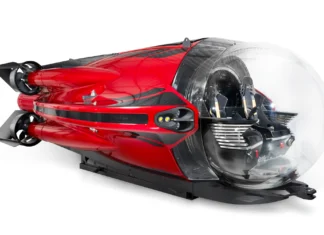Designed in Malibu and unveiled at Monterey Car Week last year, the all-electric Audi PB18 e-tron concept presents a radical vision for the high-performance sports car of tomorrow. At first sight, the Audi PB18 e-tron shows its kinship with another spectacular concept car from the brand – the Audi Aicon from 2017. This holds true not only for characteristic design elements like the side windows that angle inwards and the extremely extended wheel arches. The two concept cars also share their electric drive with solid-state battery as energy storage.
But their respective, consistently focused concepts for use make them polar opposites. While the Aicon was designed as a fully automated, long-distance luxury vehicle – a business jet for the road – the creators of the PB18 e-tron designed it as a radical driving machine for the racetrack and road. Dynamics and emotion top its list of specifications. Parameters like propulsive power, lateral acceleration and perfect ergonomics determine each detail. And driver-orientation is in a completely new dimension.
The internal working title at Audi for the showcar project was “Level Zero” – as an explicit way to differentiate it from the Levels 3, 4 and 5 of autonomous driving currently in focus at Audi. In the Audi PB18 e-tron, the driver is the one steering and stepping on the gas or brake pedal. There are therefore no complex systems for piloted driving on board and no comfort features to add weight.
In their place are a driver’s seat and cockpit that are integrated into an inner monocoque shell that can be slid laterally. When driven solo, the monocoque can be positioned in the center of the interior as in a monoposto – the perfect location for the racetrack. This is made possible not least by the by-wire design of the steering and pedals; a mechanical connection of the control elements is not needed.
Inspiration drawn from motorsport
The Audi PB18 e-tron package follows the traditional architecture of a mid-engine sports car with a cab that is positioned far forward. The car’s center of gravity is located behind the seats and in front of the rear axle – which benefits the driving dynamics. This does not involve the engine-transmission unit, as in a car with a conventional drive system, but rather the battery pack.
A mix of aluminum, carbon and multi-material composites ensures the body of the Audi PB18 e-tron has a low basic weight. Not least thanks to the innovative and comparatively light solid-state battery, a total weight of less than 1,550 kg (3,417.2 lb) can be expected.
The PB18 e-tron is 4.53 meters long, 2 meters wide and just 1.15 meters tall (14.5 x 6.4 x 4.6 ft). These dimensions alone speak of a classical sports car. The wheelbase is 2.70 meters (8.9 ft) and the overhangs are compact. Viewed from the side, the eye is drawn to the gently sloping roof line which is pulled far to the back and features massive C-pillars.
The Audi PB18 e-tron package follows the traditional architecture of a mid-engine sports car with a cab positioned far forward
Together with the large and almost vertical rear window, this design is reminiscent of a shooting brake concept – the synthesis of a coupé with the rear of a station wagon. The result is not only a distinctive silhouette but also, with 470 liters (16.6 cubic ft), a clear bonus in terms of cargo space – usually a deficit in sports cars. An exclusive luggage set customized to fit the cargo space helps to make optimum use of the luggage compartment – even if the luggage in this car frequently consists of nothing but a helmet and racing overall.
Emotion without emissions: three electric motors
The concept uses three powerful electric motors – one up front and two in the rear. The latter are centrally located between the steering knuckles, each directly driving one wheel via half-shafts. They deliver power output of up to 150 kW to the front axle and 350 kW to the rear – the Audi PB18 e-tron is a true quattro, of course.
Maximum output is 500 kW, with boosting, the driver can temporarily mobilize up to 570 kW. The combined torque of up to 830 newton meters (612.2 lb-ft) allows acceleration from 0 to 100 km/h (62.1 mph) in scarcely more than 2 seconds – a speed that differs only marginally from that of a current LMP1 prototype.



